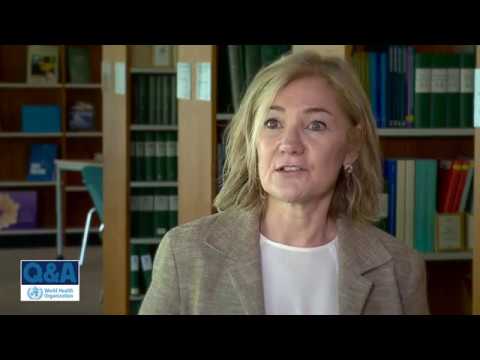Transsexuality is an indisputable part of human diversity – a diversity that society has not always accepted and that, unfortunately has sometimes been persecuted, causing great pain. We must get rid of prejudices and for this we need information to understand that transsexuality, like other forms of identity expression, is part of being human.
Transsexuality
IM GENDER
What is transsexuality?
Transsexuality is an indisputable part of human diversity. At IM GENDER we use the term trans as it encompasses both those people who identify with a different sex to the one assigned at birth, transsexual women and men, and those whose gender expression does not coincide with the expectations associated with their assigned sex. There are also those people who may not identify with the terms trans or transsexuality, but simply as men and women who have also been assigned a sex at birth with which they do not identify. At IM Gender we understand that the range of possibilities within all identities and expressions is very wide and varied.
“All human beings are born free and equal in dignity and rights. All human rights are universal, complementary, indivisible and interdependent. Sexual orientation (1) and gender identity (2) are essential to the dignity and humanity of every person and must not be grounds for discrimination or abuse.”
Yogyakarta Principles on the Application of International Human Rights Law in relation to Sexual Orientation and Gender Identity.
Some concepts
WHO International Classification of Diseases
IM Gender understands that this decision gives transgender people the freedom to decide on the type of pathway they want to follow and we assume that not all transgender people will have the same needs when deciding whether or not to start a specific surgery.
The new International Classification of Diseases of the WHO (World Health Organisation) in its eleventh revision (ICD-11) has removed transsexuality and trans identities from the ICD-10 chapter on Mental Illnesses, and made them part of a new chapter, chapter 17: “Conditions Related to Sexual Health”. The term that will now be used is “gender incongruence”.
The WHO considers it necessary to continue to maintain the codification of transsexuality/trans identities within the ICD, in order to meet the health needs that many transgender people are demanding. Although many people do not feel identified under the new term, the step taken by the WHO makes it clear that transsexuality and trans identities are not a disease.
Transsexuality over the years
Transsexuality and the existence of trans identities have been present in all human cultures. From Neolithic societies to the present day, from the aborigines of Siberia to the American Indians, transsexuality and trans identities were an accepted fact of life and, in most ancient cultures, assimilated by society.
However, after the imposition of European civilisation and the introduction of the binary concept of male/female, the different options of gender identity and sexual orientation were pathologised. As a result, transsexuals and homosexuals, among other minorities, were persecuted and punished, relegating any manifestation outside the binary to the underground.
Between the 18th and 19th centuries, the homosexual and transgender movement grew in the world, making their situation more visible. This circumstance, together with the emergence of human rights regulations, led to the initial consideration of these divergences as illnesses, which demanded a “cure”.

Towards the end of the 19th century and up to the beginning of the 20th century, several studies were carried out encompassing the terms we know today as homosexuality, transvestism and transsexuality in what was called “sexual inversion”.
The 20th century and its advances
In 1923 it was the German sexologist Magnus Hirschfeld who developed the theory of the third sex or intersex state, which he defined as an intermediate between male and female. However, many of his revolutionary works for the time were destroyed on 6 May 1933 when the Nazis burned libraries and destroyed the Institut für Sexualwissenschaft after their seizure of power.
From the 1950s onwards, the professionals Cauldwell and Harry Benjamin made the terms homo/hetero/bisexuality, transsexuality, transgenderism and transvestism independent. It was Harry Benjamin who in 1966 wrote the famous book The Transsexual Phenomenon. He thus became the forerunner of the so-called “tripartite therapy”, which he considered ideal for transgender people, alluding to the need for multidisciplinary input in their approach.
This journey, little by little, goes back to where it all began, understanding that despite the fact that attempts have been made to classify trans identities, including transsexuality, as psychiatric illnesses, it makes no sense for them to continue to be there. It is a violation of fundamental human rights.
TESTIMONIALS FROM OUR PATIENTS

